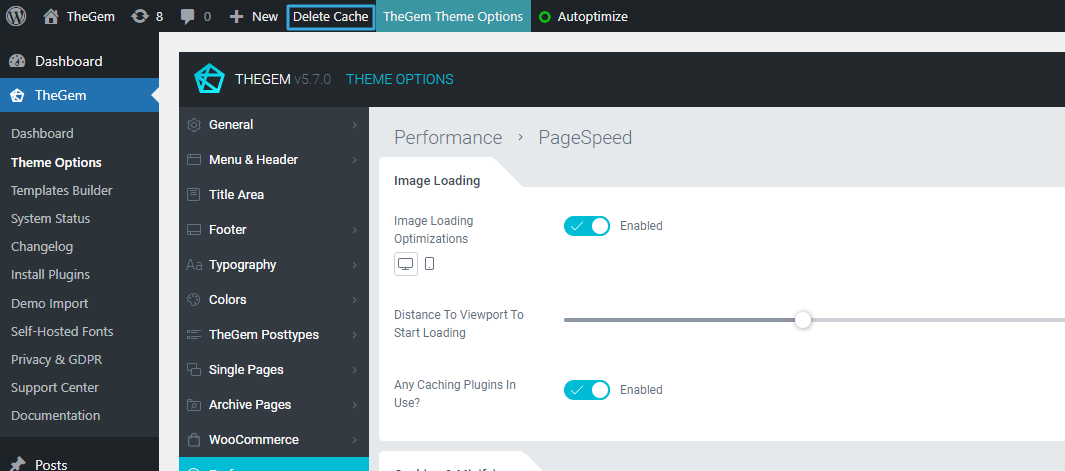
In today’s fast-paced digital landscape, website speed is no longer a nice-to-have—it’s a must-have. Google has made it clear that page speed directly impacts search rankings, and users expect websites to load in under three seconds. If your site is slow, you risk losing traffic, engagement, and conversions. The good news? You don’t need to be a developer to improve your site’s performance. In this article, we’ll walk you through the essentials of minification, compression, and caching—three powerful techniques that can significantly boost your website’s speed and SEO performance.
What Is Minification, Compression & Caching and Why It Matters
Before diving into how to implement these techniques, it’s important to understand what they are and why they matter for modern SEO.
Minification refers to the process of removing unnecessary characters from code (like spaces, line breaks, and comments) without altering its functionality. This reduces file size and speeds up loading times.
Compression involves reducing the size of files using algorithms that remove redundancy or optimize data storage. Common methods include Gzip and Brotli, which compress text-based files like HTML, CSS, and JavaScript.
Caching is the practice of storing copies of web pages or resources on a user’s browser or server so that they don’t have to be reloaded every time the page is visited. This dramatically improves load times for returning visitors.
Together, these techniques fall under the broader category of website optimization, which is crucial for improving Core Web Vitals, user experience, and search engine rankings. As of 2024, over 70% of users will abandon a website if it takes more than three seconds to load. That’s why understanding and implementing minification, compression, and caching is essential for any website owner.
How Minification, Compression & Caching Impact SEO Performance
These techniques have a direct impact on key SEO metrics such as:
- Page Load Time: Faster load times lead to better user engagement and lower bounce rates.
- Core Web Vitals: Metrics like Largest Contentful Paint (LCP), First Input Delay (FID), and Cumulative Layout Shift (CLS) are all influenced by how quickly a page loads and renders.
- Search Engine Rankings: Google uses page speed as a ranking factor. Sites that load faster are more likely to appear higher in search results.
For example, a study by Google found that a 1-second delay in page load time can result in a 7% reduction in conversions. By implementing minification, compression, and caching, you can reduce load times and improve these critical metrics, giving your site a competitive edge.
Step-by-Step Implementation Framework
Here’s a simple, actionable process to implement minification, compression, and caching on your website.
1. Define or Audit the Current Situation
Before making any changes, it’s important to understand where your site stands. Use tools like Google PageSpeed Insights, GTmetrix, or WebPageTest to analyze your current performance. These tools will give you insights into what’s slowing your site down and suggest specific optimizations.
2. Apply Tools, Methods, or Tactics
Once you’ve identified areas for improvement, follow these steps:
-
Enable Caching: Use plugins like WP Fastest Cache (for WordPress) or enable caching through your hosting provider. Set cache expiration times and ensure static files are cached effectively.
-
Compress Files: Enable Gzip or Brotli compression on your server. Most modern hosting platforms offer this as an option. You can also use online tools like Minifier.org to compress your HTML, CSS, and JavaScript files before uploading them.
-
Minify Code: Use tools like HTMLMinifier or built-in features in CMS platforms (e.g., WordPress plugins like Autoptimize) to minify your code. Be sure to test your site after applying minification to ensure there are no errors.
3. Measure, Analyze, and Optimize
After implementing these changes, monitor your site’s performance using the same tools mentioned earlier. Track improvements in load times, Core Web Vitals, and user engagement. If you notice any issues, revisit your settings and adjust accordingly.
Real or Hypothetical Case Study
Let’s take a hypothetical example of a small e-commerce store that implemented these techniques:
- Before Optimization: The site had a load time of 6 seconds, with a high bounce rate and poor Core Web Vitals scores.
- After Optimization: The site was minified, compressed, and cached. Load time dropped to 2.5 seconds, and the bounce rate decreased by 40%. The site’s LCP improved from 4.2 seconds to 1.8 seconds, and the FID improved from 300ms to 100ms.
As a result, the site saw a 30% increase in organic traffic and a 25% rise in conversions within two months.
Tools and Techniques for Minification, Compression & Caching
Here are some of the most effective tools for each technique:
- Caching:
- WP Fastest Cache (WordPress plugin)
- Cloudflare (CDN and caching service)
-
Varnish (server-side caching)
-
Compression:
- Gzip/Brotli (server-level compression)
- Minifier.org (online tool for HTML/CSS/JS)
-
Apache mod_deflate (for Apache servers)
-
Minification:
- HTMLMinifier (online tool)
- Autoptimize (WordPress plugin)
- Grunt HTMLmin (task runner for developers)
Each of these tools can be integrated into your workflow depending on your technical expertise and platform.
Future Trends and AI Implications
As AI continues to evolve, we’re seeing new ways to automate and enhance website optimization. For example, AI-powered tools can now automatically detect and apply minification, compression, and caching strategies based on real-time data. Platforms like Scalenut and SurferSEO are already incorporating these features into their workflows.
Looking ahead, AI will likely play a larger role in predictive performance analysis, helping website owners anticipate and address potential speed issues before they impact user experience. Staying ahead of these trends means embracing automation and continuous optimization.
Key Takeaways
- Minification reduces file size by removing unnecessary code.
- Compression shrinks files using efficient algorithms.
- Caching stores copies of files to speed up future visits.
- Together, these techniques improve page load times, Core Web Vitals, and SEO performance.
- Implementing them is straightforward, even for non-technical users.
- Continuous monitoring and optimization are essential for long-term success.
If you’re looking to improve your website’s performance, start with one of these techniques and build from there. The benefits are well worth the effort.
Meta Title: Minification, Compression & Caching: A Simple Guide to Improve Website Performance
Meta Description: Learn how to boost your website’s speed with minification, compression, and caching. Improve SEO, user experience, and rankings.
SEO Tags (5): website optimization, page speed, SEO tips, caching techniques, minification guide
Internal Link Suggestions:
– [Parameter #3: Core Web Vitals]
– [Parameter #7: Technical SEO Best Practices]
– [Parameter #12: On-Page SEO Strategies]
External Source Suggestions:
– https://pagespeed.web.dev
– https://gtmetrix.com
– https://developer.mozilla.org/en-US/docs/Web/HTTP/Compression








